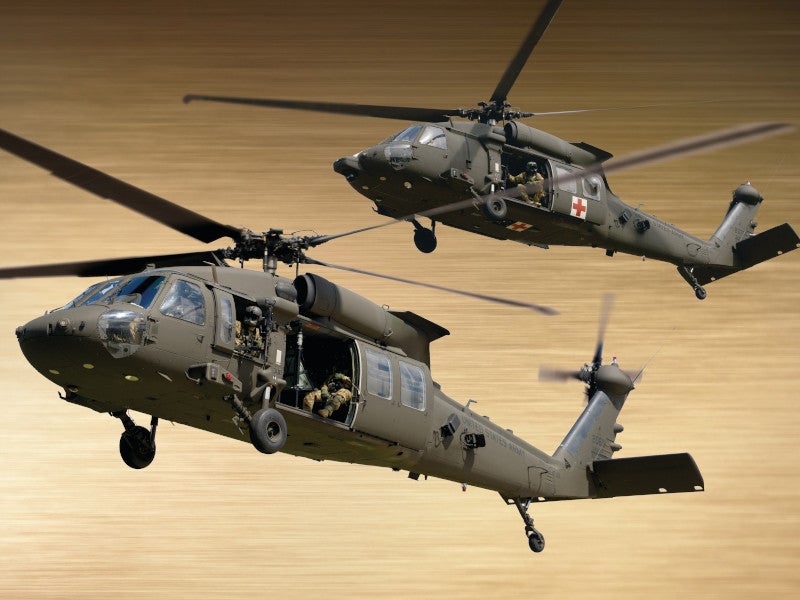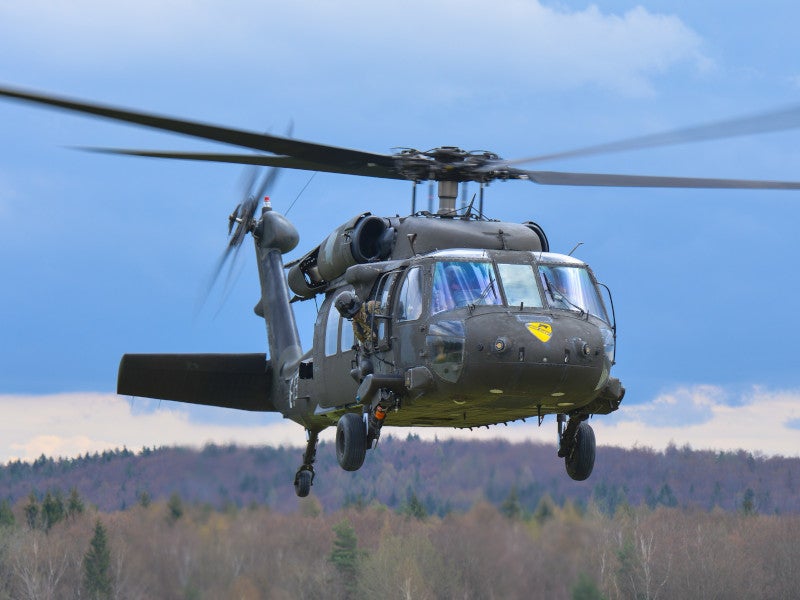UH 60 Black Hawk Helicopter Versions and Their Uses
UH 60 Black Hawk Helicopter Versions and Their Uses
Blog Article
Exploring the Cutting-edge Modern Technology Behind Airplane Style and Engineering
The area of airplane layout and design is observing a transformative change driven by innovative innovations that improve performance, sustainability, and performance. As the sector grapples with the difficulties of ecological duty, growths in sustainable aeronautics technologies guarantee to reshape the future.
Advanced Materials in Aircraft Layout
How can the assimilation of sophisticated products transform aircraft layout? The consolidation of innovative products, such as carbon fiber composites, titanium alloys, and progressed ceramics, plays a vital function in enhancing airplane efficiency and efficiency. These products offer superior strength-to-weight proportions, allowing producers to minimize total airplane weight without endangering structural honesty. This reduction in weight directly contributes to improved fuel effectiveness and boosted payload capability.
Furthermore, sophisticated materials exhibit improved resistance to rust and fatigue, resulting in reduced maintenance expenses and extensive life span. For example, making use of titanium in essential elements aids hold up against extreme temperatures and stresses, while carbon fiber compounds provide adaptability in style and production processes. This versatility enables even more aerodynamic shapes, adding to premium performance qualities.
Additionally, the assimilation of smart materials, which can change residential properties in response to outside stimulations, opens brand-new opportunities for adaptive systems in aircraft layout. uh 60. These innovations guarantee not just to boost safety and security and functional performance but also to contribute to sustainability efforts by decreasing ecological effect via lowered exhausts. In recap, advanced materials are redefining the landscape of aircraft style, paving the way for much more effective, resilient, and eco-friendly aeronautics services
Wind Resistant Advancements for Effectiveness
Aerodynamic advancements play a crucial role in enhancing airplane effectiveness, significantly affecting gas usage and total performance. Advancements in airfoil style, such as the introduction of supercritical wings, permit enhanced lift-to-drag proportions, decreasing drag at transonic speeds. These technologies allow aircraft to preserve higher speeds with reduced fuel expense, straight affecting operational prices and environmental sustainability.
Additionally, the assimilation of winglets has verified efficient in alleviating vortex-induced drag at the ideas of wings, even more improving gas efficiency - uh 60. This layout alteration results in a reduction in wake turbulence, adding to improved wind resistant efficiency throughout cruise ship conditions

Additionally, computational liquid dynamics (CFD) tools have reinvented the testing and refinement of wind resistant forms, permitting accurate simulations of air movement around aircraft (uh 60). This makes it possible for designers to innovate constantly, ensuring that modern-day airplane not only meet regulatory criteria however likewise push the borders of effectiveness in air travel

Duty of Computer Simulations
Computer system simulations have actually become an important device in the area of airplane layout, allowing engineers to perform comprehensive evaluations and optimizations of various style facets. These simulations permit for the online screening of wind resistant residential properties, structural integrity, and efficiency metrics long before physical models are developed. By employing computational liquid dynamics (CFD) and finite component analysis (FEA), engineers can anticipate how air flows around the airplane and exactly how various products will certainly reply to tension and strain.
Additionally, computer system simulations help with the expedition of a wide variety of circumstances and variables, accelerating the visit their website layout procedure and decreasing expenses associated with physical testing. This capability not only improves the precision of forecasts regarding airplane actions but likewise provides insights right into possible design improvements that could not be quickly obvious via typical techniques.

In addition, simulations aid ensure compliance with rigid safety guidelines by permitting designers to identify and correct prospective issues early in the from this source design stage. The integration of simulation technologies right into the airplane style process underscores the considerable innovations in design practices, eventually contributing to the development of safer, extra efficient, and environmentally friendly aircraft.
Artificial Knowledge in Design
Expert system (AI) is revolutionizing the engineering landscape, specifically in aircraft style, by maximizing and enhancing decision-making processes layout workflows. With equipment learning algorithms, AI can assess vast datasets, discovering patterns and understandings that inform design options and boost total efficiency.
AI applications in aircraft style include generative design, where formulas produce numerous design choices based on defined parameters, permitting engineers to assess a wider variety of opportunities. This not just accelerates the style phase yet likewise makes certain that the last items fulfill rigorous efficiency and security criteria.
Moreover, AI-driven predictive analytics promote upkeep scheduling by evaluating historical data and predicting possible failings. This aggressive strategy reduces downtime and improves aircraft reliability.
Furthermore, AI aids in simulation and modeling, enabling engineers to test styles under various problems without the need for physical models. This ability reduces advancement timelines and find more information reduces expenses related to typical testing techniques.
Sustainable Aviation Technologies
How can the aviation industry efficiently equilibrium growth and environmental responsibility? The response lies in the fostering of lasting aeronautics innovations that prioritize efficiency and decrease carbon discharges. Advancements such as sustainable aeronautics fuels (SAFs), which are originated from renewable energies, have become a critical component in accomplishing reduced lifecycle exhausts. SAFs can dramatically decrease the carbon impact of flights, making them a viable alternative to typical jet fuels.
Moreover, advancements in airplane design, such as the development of lighter materials and more aerodynamically effective forms, add to enhanced fuel effectiveness. Electric and hybrid propulsion systems are additionally obtaining grip, providing a path to lower dependence on fossil fuels and reduce greenhouse gas emissions.
The combination of these modern technologies is sustained by regulatory structures and industry cooperations intended at establishing ambitious sustainability targets. Electronic devices like data analytics and synthetic intelligence can optimize trip operations, further enhancing gas efficiency. By accepting sustainable practices and technologies, the aeronautics industry can not only meet the growing need for flight but additionally play a crucial duty in resolving climate adjustment, guaranteeing a more sustainable future for air transportation.
Final Thought
The convergence of innovative materials, aerodynamic technologies, and innovative modern technologies marks a considerable evolution in airplane layout and engineering. The integration of carbon fiber compounds, titanium alloys, and AI-driven processes not only boosts performance and efficiency yet additionally enhances process and anticipating maintenance.

Computer system simulations have actually come to be an important tool in the area of airplane layout, enabling engineers to carry out in-depth evaluations and optimizations of numerous design aspects.The convergence of sophisticated products, wind resistant technologies, and cutting-edge innovations notes a substantial advancement in airplane design and engineering.
Report this page